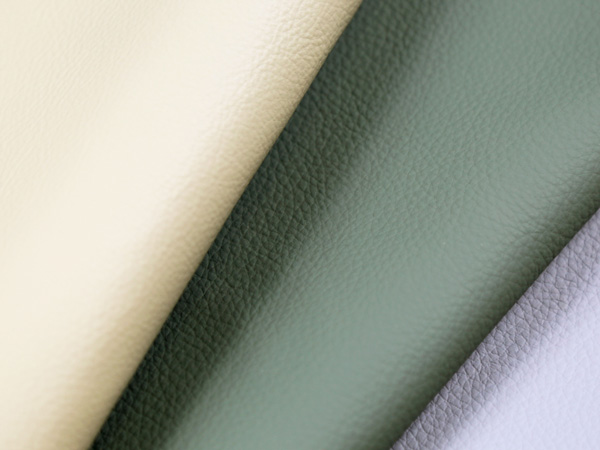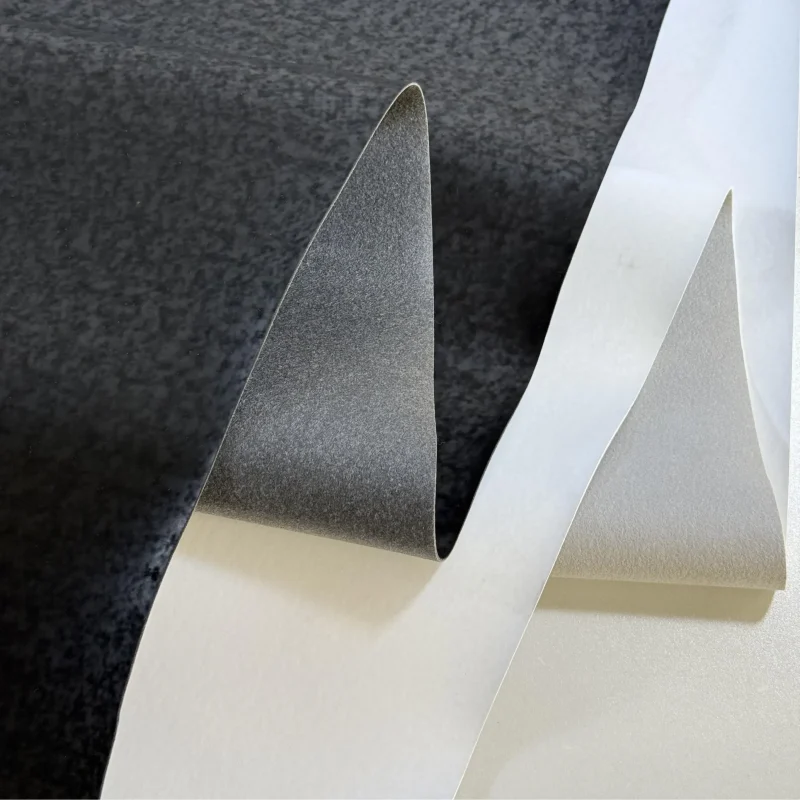In the footwear industry, choosing the right material is a key factor in ensuring product quality and market competitiveness. Synthetic leather, as a high-quality alternative, is gradually gaining favor among more and more footwear manufacturers and consumers. This article will explore the unique charm of synthetic leather compared to genuine leather, focusing on its advantages in terms of cost, environmental sustainability, and diverse styles.
- Cost Efficiency Synthetic leather boasts lower production costs, contributing to lower shoe prices and attracting a broader consumer base. A comparative price chart, such as a comparison between genuine leather and synthetic leather shoes, can be inserted to illustrate this point.
- Environmental Friendliness As synthetic leather eliminates the need for animal skins, it is considered a more environmentally friendly choice. In this section, an image showcasing its environmental features, such as a depiction of sustainable development practices, can be included.

- Style Versatility Synthetic leather offers a wide range of styles, mimicking various leather textures and colors. Here, images displaying the diversity of styles, such as different colors and textures of synthetic leather samples, can be inserted.

In conclusion, synthetic leather serves as a superior alternative that aligns with both fashion trends and environmental principles. Footwear manufacturers and consumers can benefit from its cost advantages while contributing to environmental protection. With ongoing technological innovations, synthetic leather is set to play a pivotal role in the future of the footwear industry.





